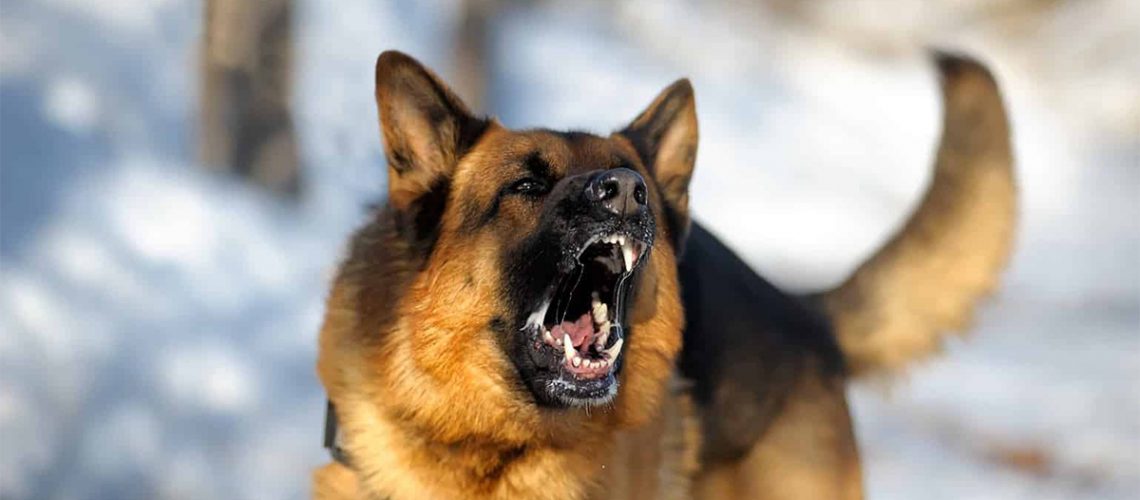The Potential Dangers of a Dog Bite
A dog bite can pose serious potential dangers to one’s physical health and emotional well-being. Dog bite injuries can result in a range of complications, including infections, nerve or muscle damage, and even rabies. According to the Cleveland Clinic, “it is important to take immediate action” to prevent these complications from occurring. [1]
Nerve or muscle damage can result from deep bite wounds, causing long-term damage or even paralysis. [2] There is a low risk of contracting rabies from a dog bite in the United States, but it can be fatal if not addressed promptly. With prompt action, it is 100% preventable. [3]
Although the likelihood of rabies from a dog bite is low, there are other risks. The Pasteurella species are gram-negative bacteria commonly found in the mouths of cats and dogs, making it the most common organism isolated from both cat bites and dog bites.
These bacteria can enter into the wound during a bite and cause infection in humans. Among the common signs of Pasteurella-associated infection are redness, swelling, pus discharge from the wound site, a fever, chills, and swollen lymph nodes in severe cases.
Sometimes the infection may spread beyond the wound site and cause more serious complications, such as endocarditis, meningitis, or respiratory tract infections.
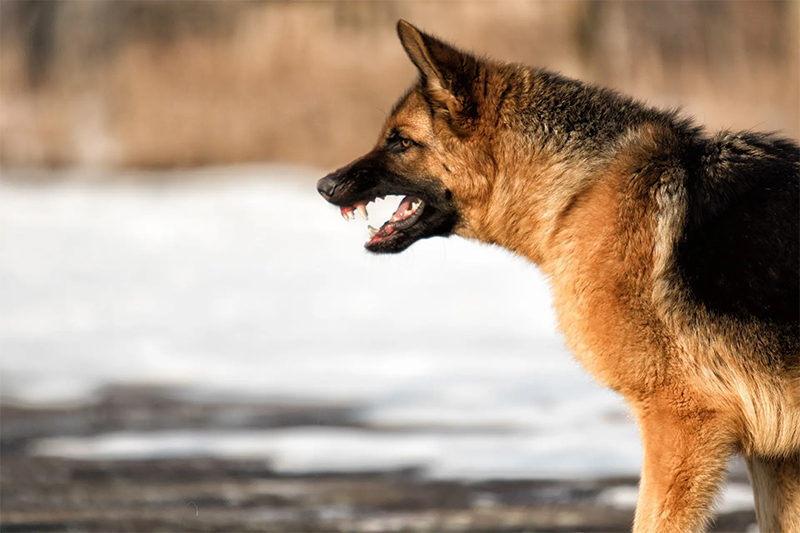
Immediate First Aid for Dog Bites
In the event of a dog bite, it is important to take immediate first aid measures. Wash the wound with soap and water to prevent infection and cover it with a clean cloth to control bleeding.
Apply antibiotic ointment and elevate the affected area to reduce swelling. It is important to seek medical attention even if the wound is not deep or if there are no signs of infection. By taking immediate first aid measures, the risk of complications can be significantly reduced.
Stop the Bleeding and Clean the Wound
One of the first things you should do after getting bitten by a dog is to stop the bleeding. This is important to prevent further loss of blood and to reduce the risk of infection.
Use a clean cloth or towel to apply pressure to the wound until the bleeding stops. If the wound is deep or bleeding heavily, seek medical attention immediately. Clean the bite wound with soap and water for at least five minutes or until the area is no longer dirty.
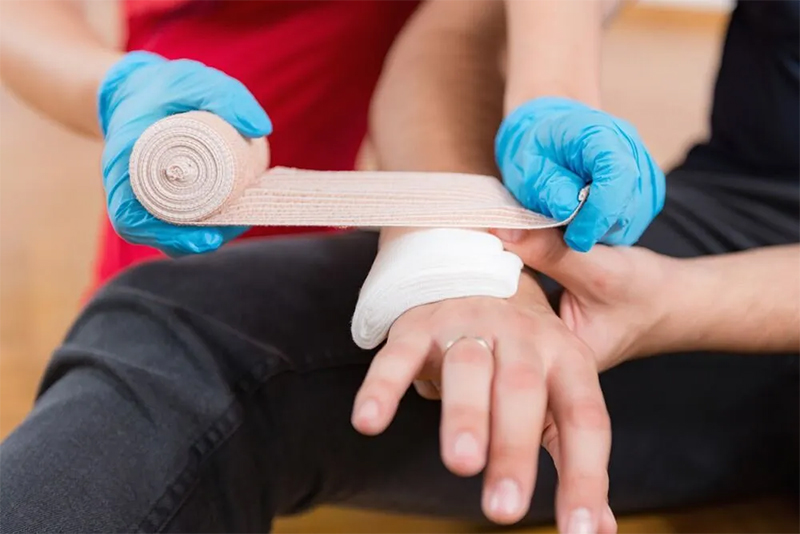
Apply Antibiotic Ointment and Bandage the Bite Wound
After the wound has been cleaned thoroughly, apply antibiotic ointment to prevent infections. Antibiotic ointment works by killing bacteria and preventing their growth, which can significantly reduce the risk of complications such as cellulitis, abscess, and sepsis.
Covering the wound with a sterile bandage can protect it from further damage and minimize the risk of infection. The bandage should be changed daily, and the wound should be monitored for any signs of deterioration or infection. These first-aid measures can help reduce the severity of the wound and minimize the risk of serious complications, allowing the wound to heal more quickly, and without further complications.
Seek Professional Medical Attention Immediately
Seeking medical advice and assistance immediately after a dog bite can be a matter of life or death in severe cases. The bite victim can be exposed to a variety of bacteria and germs that could lead to serious infections.
Delaying medical attention could have serious legal consequences. The victim may be required to undergo a rabies vaccination if the dog was not up-to-date on its shots.
Seeking medical care immediately after a dog bite can help the victim establish a basis for any legal action that they might seek against the dog owner to recover damages.
By seeking medical attention, the victim can receive the care needed for their recovery, create a record of the incident, and establish a basis for any legal action that they may take to pursue financial compensation for their damages.
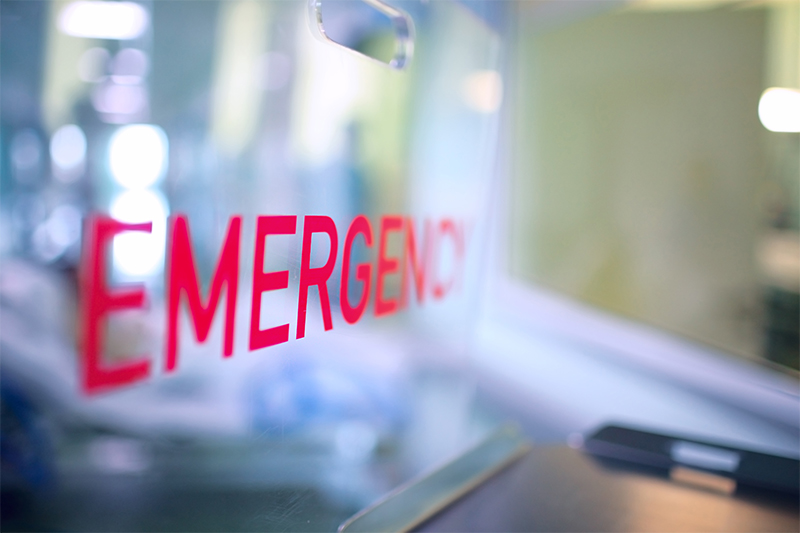
Monitor Symptoms of Infection After a Dog Bite
Monitoring for infection is one of the most important things to do after a dog bite. Even if proper first aid has been administered and medical treatment has been sought, a wound can still become infected.
Symptoms of infection include redness, warmth, swelling, and pus or fluid oozing from the wound. The victim may also experience fever, chills, and swollen lymph nodes.
If you notice any of these symptoms, seek medical attention immediately. Quick treatment can prevent the infection from spreading and minimize the risk of further complications.
The Cleveland Clinic recommends that “people who have weakened immune systems or diabetes are more likely to get an infection from an animal bite.” Therefore, it’s important for those individuals to pay extra attention to the wound and seek medical care as soon as possible.
Remember, even if the wound appears to be healing well, it’s important to continue monitoring the area for signs of infection and seek medical attention if necessary. If you have any concerns or questions, consult with a healthcare provider who can guide you on the best course of action in your particular case.
Take Pictures of Injuries, Including Bruises and Scratches
Taking pictures of injuries, including bruises and scratches, can be an important step in the aftermath of a dog bite. While documenting injuries may not seem like a priority in the moment, it can be useful to have photographic evidence of the extent and severity of any damages that have occurred. This is particularly important if legal action will be pursued, as pictures can help to establish the severity of the injuries and provide evidence for any potential claim.
In addition to capturing the extent of the injury itself, pictures can also be useful in documenting the healing process. This can be important if the injury is expected to have long-term effects or if the victim is seeking compensation for damages. By taking regular pictures of the injury as it heals, the victim and their medical team can monitor the progress of the wound and ensure that proper care is being administered.
Taking pictures of injuries can help ensure that all injuries stemming from the dog bite are accounted for. Sometimes, injuries can be internal or otherwise difficult to identify, particularly in the immediate aftermath of the bite. By taking pictures of any visible injuries, the victim and their medical team can more effectively identify and address any additional areas of damage.
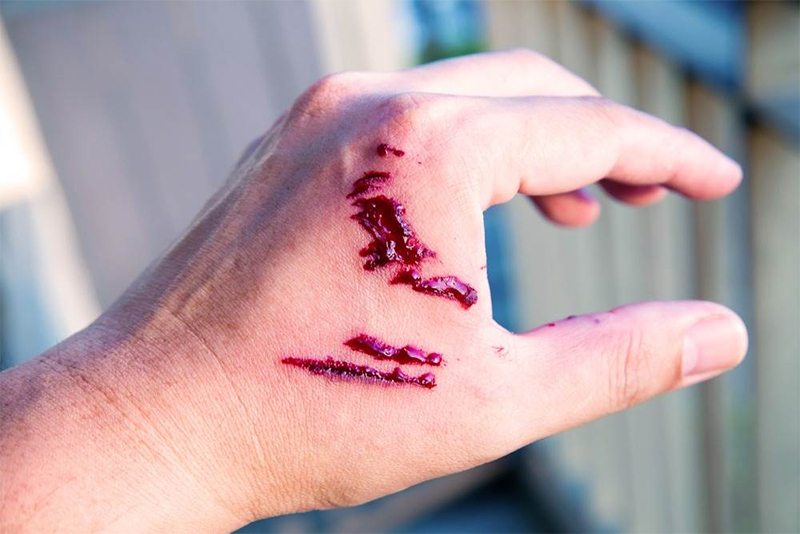
Reporting a Dog Bite Incident
Reporting a dog bite incident is an important step in ensuring the safety of the victim and others who may come into contact with the dog in question.
Depending on the severity of the bite and the location where the incident occurred, different reporting requirements may apply. In general, it is a good idea to report any dog bite to local animal control authorities as soon as possible.
Animal control officers can investigate the situation and help ensure that the dog is properly quarantined and that the victim receives any necessary medical attention. Reporting the incident can also help to establish a record of the event, which may be important if legal action is pursued down the line.
Obtain Witnesses’ Names and Contact Information
After a dog bite, it is crucial to gather as much evidence as possible to support your case, and obtaining witnesses’ names and contact information can be a critical part of that process. Gather evidence to support your claim, such as witness statements or surveillance footage of the incident. This information can serve as valuable evidence in the legal process and can help strengthen your case if you choose to pursue legal action.
When gathering witness information, it is important to approach the situation with tact and respect. Ask politely for the witness’s name and contact information and provide your own contact information as well. Take notes on the details of the witness’s account, including what they saw and heard leading up to and during the incident.
Obtaining witness information is just one step but it can provide valuable evidence in legal and medical proceedings and can help ensure that you receive appropriate care and treatment. Remember to prioritize medical treatment and report the incident to the appropriate authorities before considering legal action.
Assessing Possible Legal Action After a Dog Bite Incident
After seeking medical attention and reporting the incident to the appropriate authorities, it may be necessary to assess whether legal action is necessary following a dog bite incident. Legal action could involve filing a lawsuit against the owner of the dog or seeking compensation for medical expenses and other damages.
It may be helpful to consult with a lawyer who has experience in dog bite cases. A lawyer can provide guidance on the legal process and help ensure that your rights are protected throughout the proceedings.
Legal action should not be taken lightly and should only be considered after prioritizing medical treatment and reporting the incident to the appropriate authorities. If you do choose to pursue legal action, it may be helpful to seek the guidance of a lawyer experienced in dog bite cases, such as the attorneys at Lein Law.
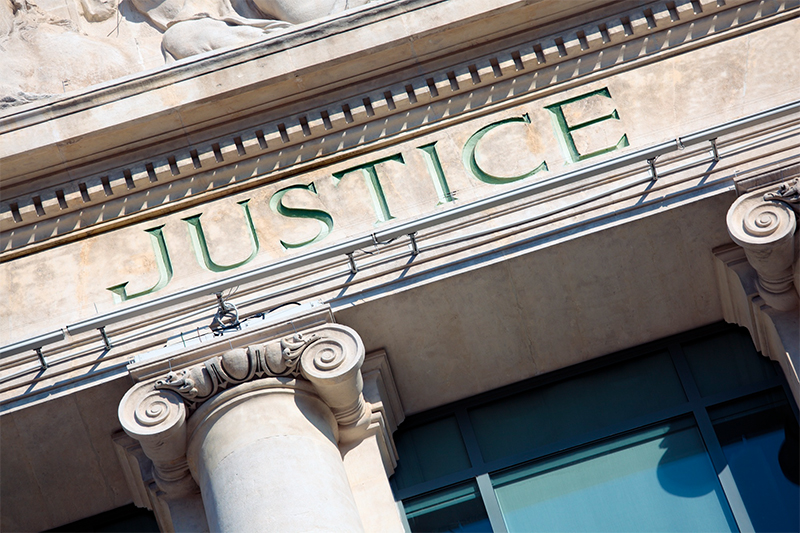
Sources
[1] If a Dog Bites You, Do These 6 Things Now. (2020, February 7). Cleveland Clinic. https://health.clevelandclinic.org/if-a-dog-bites-you-do-these-7-things-now/
[2] Animal bites – self-care: MedlinePlus Medical Encyclopedia. (n.d.). Animal Bites – Self-care: MedlinePlus Medical Encyclopedia. https://medlineplus.gov/ency/patientinstructions/000734.htm
[3] How can you prevent rabies in people? | Prevention | CDC. (2019, June 11). How Can You Prevent Rabies in People? | Prevention | CDC. https://www.cdc.gov/rabies/prevention/people.html

